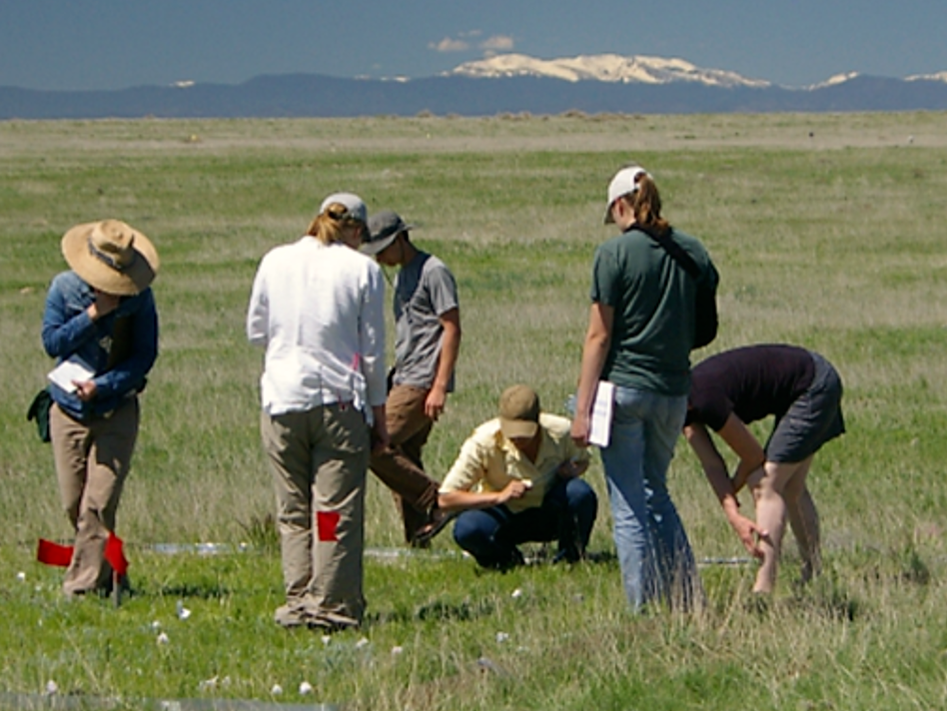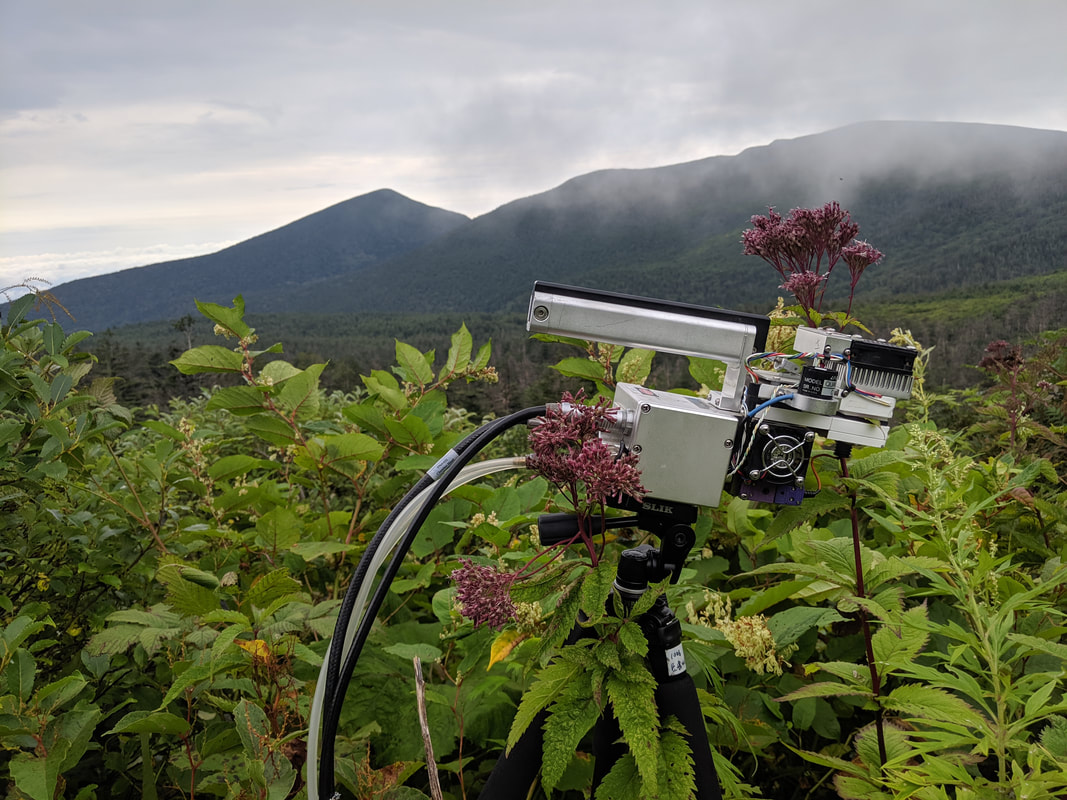Rising global temperatures are exacerbating droughts and other extreme weather events, precipitation variability is increasing worldwide, and human activity is spreading invasive species throughout the globe threatening biodiversity. As a global change ecologist, I aim to understand how these changes to our biosphere influence plant physiology and ecosystem processes.
Click the images below for a detailed description of my ongoing research projects.
Click the images below for a detailed description of my ongoing research projects.



